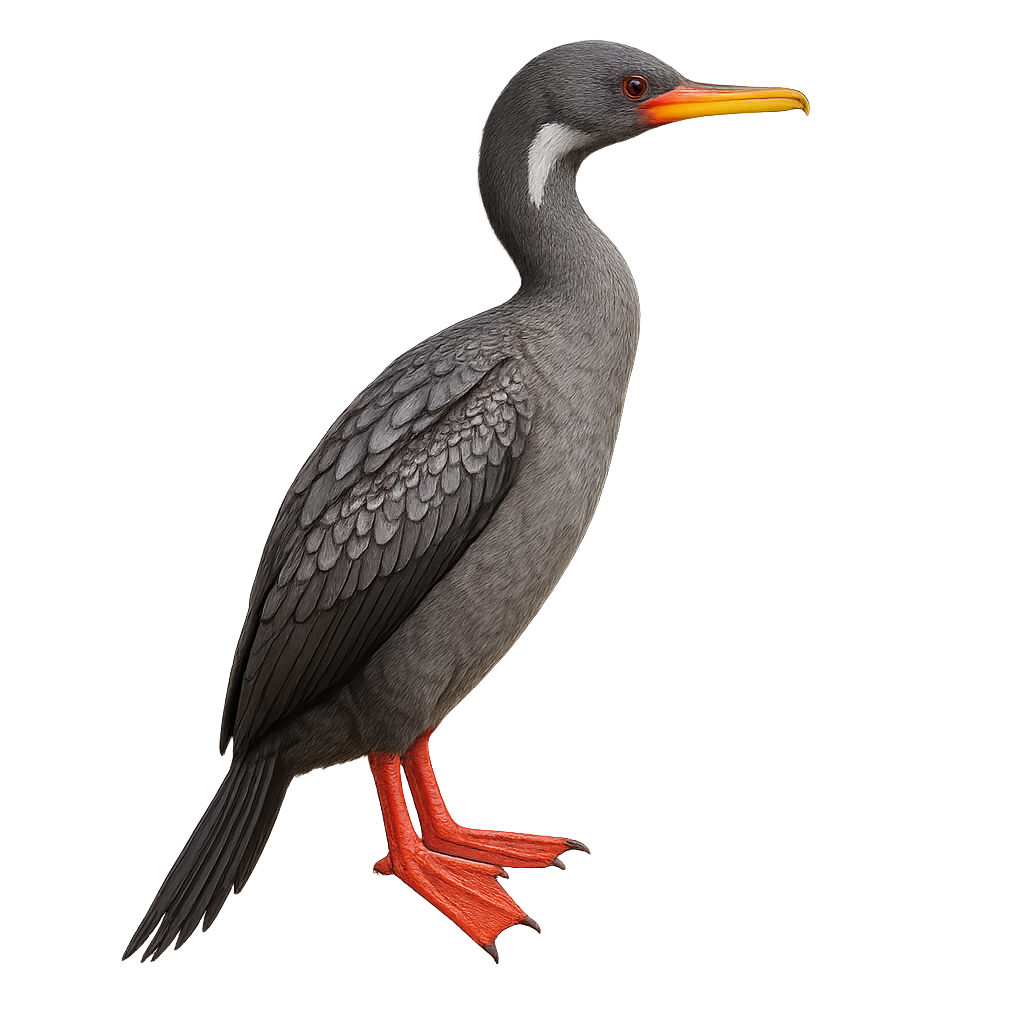Your wildlife photography guide.
Explore the red-legged cormorant in detail, study its behavior, prepare your shots.
Where to observe and photograph the red-legged cormorant in the wild
Learn where and when to spot the red-legged cormorant in the wild, how to identify the species based on distinctive features, and what natural environments it inhabits. The WildlifePhotographer app offers tailored photography tips that reflect the red-legged cormorant’s behavior, helping you capture better wildlife images. Explore the full species profile for key information including description, habitat, active periods, and approach techniques.
Red-legged Cormorant
Scientific name: Poikilocarbo gaimardi

IUCN Status: Vulnerable
Family: PHALACROCORACIDAE
Group: Birds
Sensitivity to human approach: Suspicious
Minimum approach distance: 10 m
Courtship display: September to December
Incubation: 26-30 jours
Hatchings: September to January
Habitat:
Rocky coasts, sea cliffs, isolated islands
Activity period :
Primarily active during the day, with peak activity in the morning and late afternoon.
Identification and description:
The Red-legged Cormorant is a distinctive seabird, recognizable by its red legs and slate-gray plumage. It primarily inhabits the rocky coasts of South America, from central Peru to southern Chile. This cormorant feeds mainly on fish, which it skillfully catches by diving underwater. It is often seen perched on rocks, drying its wings in the sun. Its population is considered vulnerable due to habitat degradation and overfishing, which reduces its food resources. Although relatively tolerant of human presence, it remains cautious and prefers less frequented areas.
Recommended lens:
400mm – adjust based on distance, desired framing (portrait or habitat), and approach conditions.
Photography tips:
To photograph the Red-legged Cormorant, it is advisable to use a telephoto lens of at least 400mm to capture detailed images without disturbing the bird. Choose a time of day when the light is soft, such as early morning or late afternoon, to avoid harsh shadows. Be patient and discreet, approaching slowly to avoid scaring the bird. The best photos are often taken when the cormorant is drying its wings or diving for fish.
The WildlifePhotographer App is coming soon!
Be the first to explore the best nature spots, track rutting seasons, log your observations, and observe more wildlife.
Already 1 430 wildlife lovers subscribed worldwide

